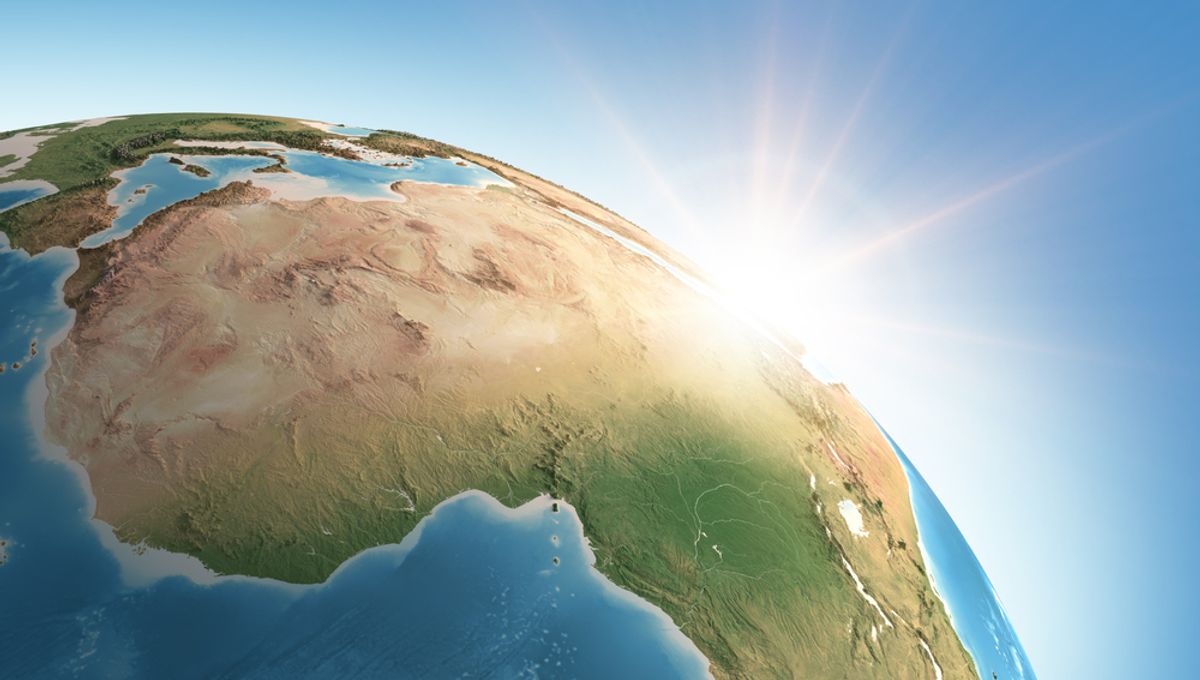
Lying beneath Africa and the Pacific in the lowermost part of the Earth’s mantle, surrounding the Earth’s core, there are two gigantic blobs that occupy around 3 to 9 percent of the volume of the Earth.
There are of course no direct ways of seeing the Earth’s core, at least without being burned to a crisp or fighting your way through the mole people. The deepest hole we’ve ever dug – sweetly dubbed the “entrance to hell” – reached 12,263 meters (40,230 feet), still a long way from breaking through the Earth’s crust to the layers beneath. However, we can look under the surface pretty effectively by utilizing earthquakes in a technique known as seismic tomography.
When earthquakes occur, waves of energy are sent out in all directions. By measuring the tremors from several locations at the surface, scientists can create a map of the Earth’s interior. Since rocks and liquids within the Earth are of different densities, the waves move through them at different speeds, allowing geologists to figure out what type of material the waves are going through.
When this technique was new, two large and strange structures were found, known as large low shear velocity provinces (LLSVPs). In these areas, generally called “blobs”, waves travel more slowly than through the surrounding lower mantle. Under Africa, the area known as “Tuzo” is thought to be about 800 kilometers (497 miles) in height, or about 90 Mount Everests.
So, what are they? Unfortunately, we still aren’t entirely sure, though we have a few sound ideas. Given that the objects are denser than the surrounding mantle, it’s assumed that they are made of a different material, though we cannot tell exactly what it is – nor the exact density – based on seismic tomography data alone.
A leading hypothesis is that the LLSVPs are piles of oceanic crust that have been subducted and accumulated over billions of years. Another slightly more fun theory is that the pieces are chunks of an ancient planet.
Theia is a hypothetical Mars-sized planet that hit Earth around 4.5 billion years ago, throwing off enough rock to form the Moon. It has been suggested that the blobs are in fact pieces of Theia itself: denser mantle from the proto-planet that got mixed in with Earth’s during the collision. In 2021, a team modeled simulations of the scenario, finding that Theia’s mantle could survive if it were only 1.5 to 3.5 percent denser.
Though we don’t know for certain what the blobs are, and will never see them directly, techniques for investigating beneath our feet are continually improving. Hopefully, it is only a matter of time before we can refer to them by what they are, rather than mysterious behemoth blobs lurking deep beneath our feet.
An earlier version of this article was published in June 2023.
Source Link: What's Beneath Africa's Surface?